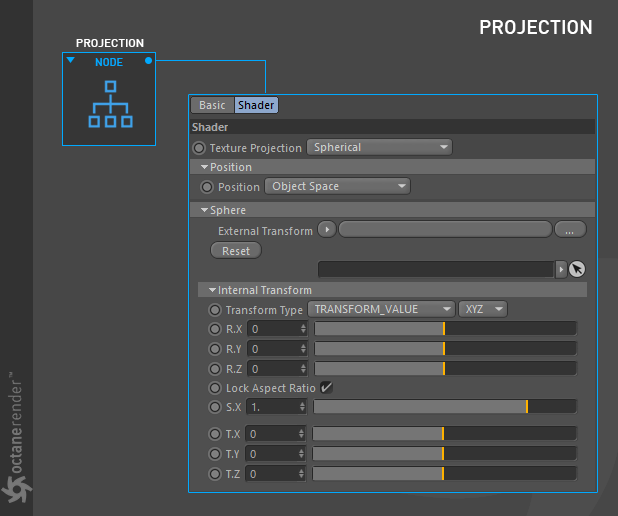
This node is for adjusting the UV mapping coordinates of textures (figure 1). If a texture already has a set of UVs, this node will not alter that UV map.

Figure 1: The parameters of the Projection node.
Usage
In the picture below, the Transform and Projection nodes are connected to the Checks node (figure 2). Spherical was used because of the object's shape. Colors were created using the Gradient Texture node, since the Checks texture does not have a default color parameter.
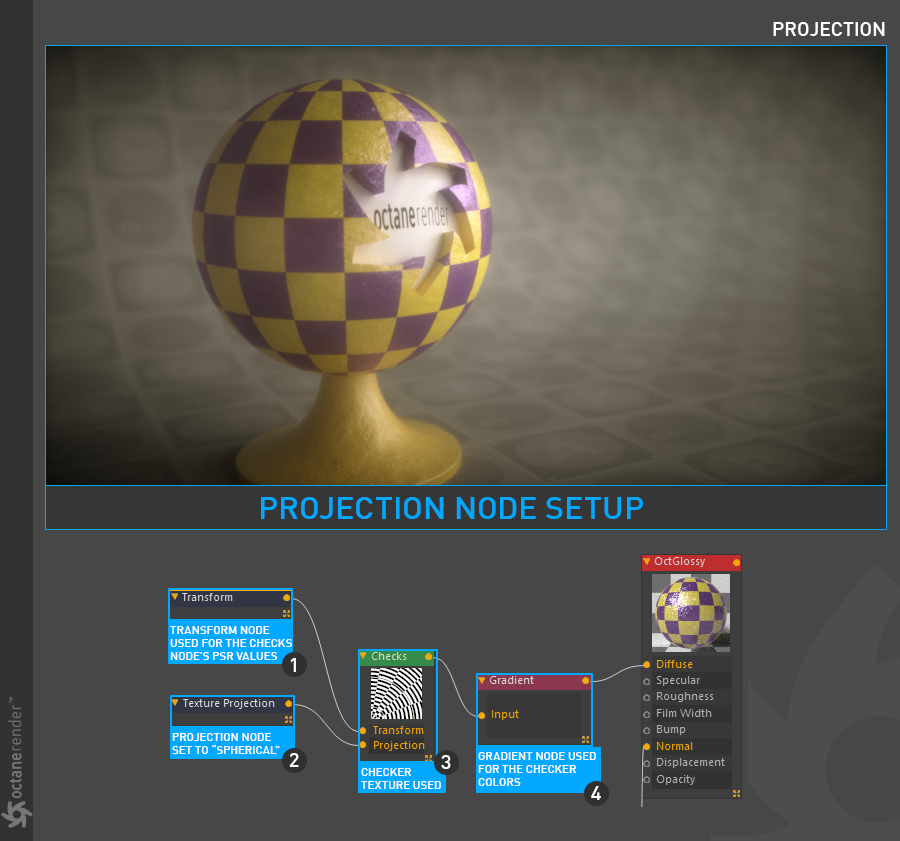
Figure 2: An example of how the projection node is used to orient a texture on the surface of an object.
Texture Projection
Specifies texture projection types.
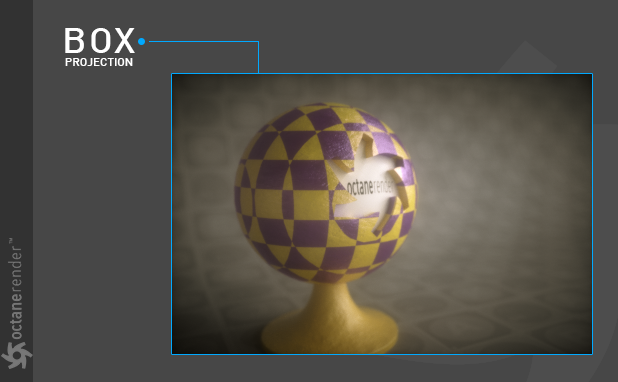
Figure 3: The Box projection.

Figure 4: The Cylindrical projection.
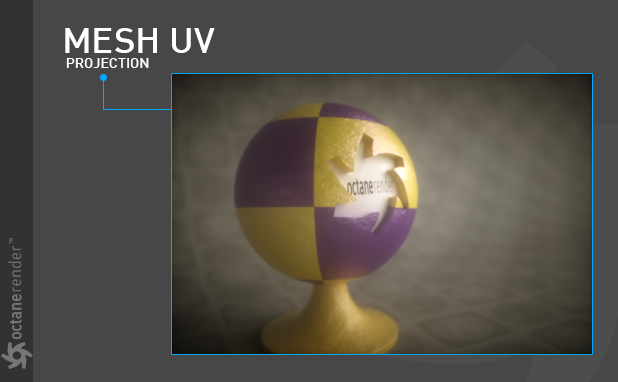
Figure 5: The Mesh UV projection.
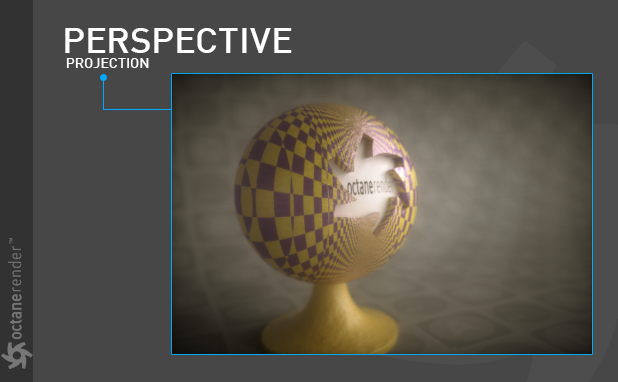
Figure 6: The Perspective projection type.

Figure 7: The Spherical projection type.
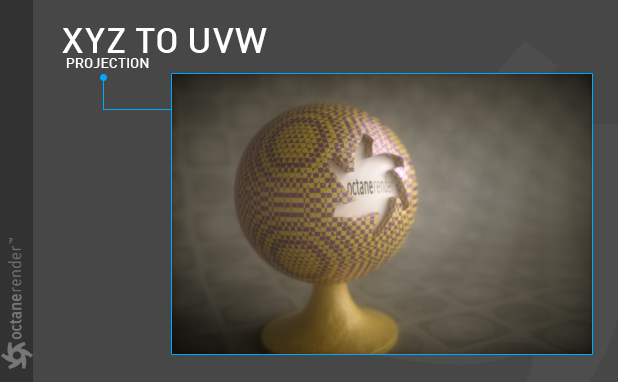
Figure 8: xyz to uvw projection mapping.
Position
Sets which coordinate system the texture will use as UVW (figure 9). There are 2 options: Object Space and World Space. Object Space is based on the local coordinates of the object in the scene. World Space is based on scene coordinates.

Figure 9: World vs Object coordinate space.
External Transform
Depending on the type of projection selected, an object in the scene can be used as a texture transform.
Internal Transform
Texture transforms can be made from here. It has the same function as the Transform node explained earlier.